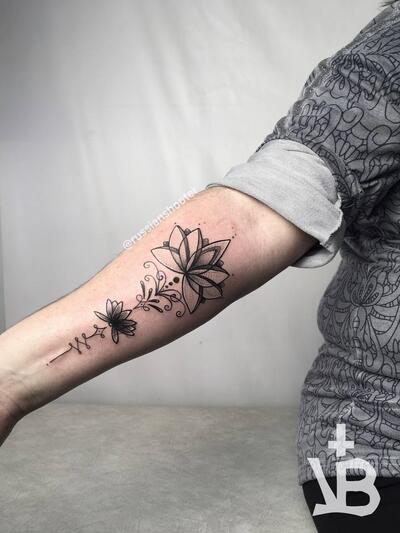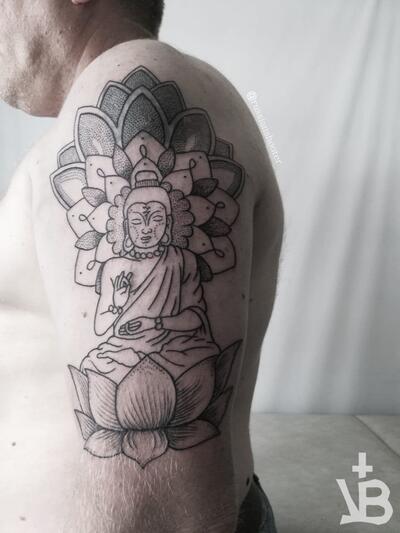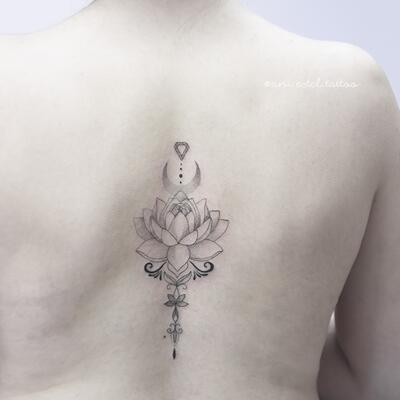Tattoo Lotus: meaning and sketches for girls and men
The lotus flower has been popular for many centuries. In every religion and culture, people believe in the symbolism behind this beautiful plant. In the history of mankind, the lotus flower was used as a food source used by women to strengthen fertility and preserve beauty, as well as as a psychedelic additive in tea. This plant was used during religious and spiritual ceremonies. Each of these cultures and religions sees a similar meaning in this plant. They look at its color, its location, the stage of flowering – all this affects the meaning and meaning of the lotus symbol.
The historical significance of the lotus flower in different cultures
- Egypt is a legend about the Sun God who rose from the lotus flower. Blue lotus tea, which leads to an intoxicating narcotic effect. The Book of the Dead is full of spells that turn into a lotus flower, thereby completing the rebirth of a person. The lotus was depicted in white or blue.
- Japan – like the Buddhists, is a symbol of rebirth, purity, chastity, as well as a symbol of a great distance between loving people.
- China-the lotus flower is believed and exalted as a sign of the Buddha's holy place, perfection, pure mind and heart.
- Hinduism is a symbol of peace, happiness and goodwill. In many legends, he is called the king of flowers, he is endowed with the ability to remove negative energies. A symbol of freedom from material things. It represents a pure mind, spirit and body.
Other Asian beliefs apply to the entire plant. It is believed that the stem of the plant is a symbolic representation of the power of the family and the unbreakable kinship ties that allow a person (the image of a lotus flower) raise and show your beauty to the world.
The most popular interpretation of the symbolism of the lotus flower in Buddhism. This is exactly what we will consider.
The meaning of the lotus tattoo open and closed
The roots of the plant are located at the bottom of a lake or pond. From these roots, a dense stem develops, at the top of which the leaves of the plant and the bud are located. At the dawn of each new day, a lotus flower rises above the water and blooms. As dusk falls, on back, hands, hips, shoulder, breast, wrist or ankle, depending on personal taste and preference.














